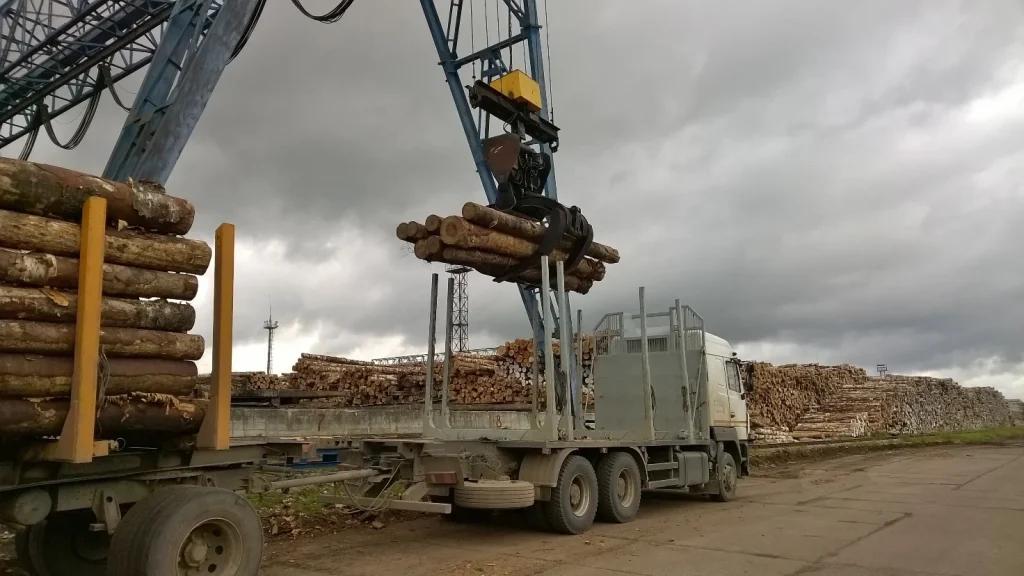Sustainable shipping in the wood and paper industry is an increasingly critical topic as companies strive to balance economic growth with environmental stewardship. The industry has a significant carbon footprint, and the logistics associated with transporting raw materials and finished products contribute substantially to greenhouse gas emissions. To address these challenges, stakeholders in the wood and paper sector are adopting innovative strategies that focus on sustainability throughout the supply chain. One of the key strategies for achieving sustainable shipping is optimizing transportation routes and methods. By employing advanced logistics software and data analytics, companies can streamline their shipping processes to minimize fuel consumption and reduce delivery times. This involves analyzing shipping patterns, consolidating shipments, and selecting the most efficient transport modes. For instance, rail transport is often more energy-efficient than trucking for long distances, while local deliveries can be managed through electric vehicles. The shift towards multimodal transportation can significantly lower the overall carbon emissions associated with the movement of goods.

Moreover, adopting eco-friendly packaging solutions plays a vital role in sustainable shipping practices. The wood and paper industry has the unique opportunity to leverage its own products to create biodegradable and recyclable packaging materials. Companies can design packaging that minimizes waste while ensuring the protection of goods during transit. Utilizing materials sourced from sustainable forests not only supports responsible forestry practices but also enhances the brand’s reputation among environmentally conscious consumers. Collaboration and partnerships are essential components of a sustainable shipping strategy. Companies within the wood and paper industry can work together with suppliers, logistics providers, and even competitors to share best practices and resources. Initiatives such as industry consortia or sustainability alliances can facilitate knowledge exchange, drive innovation, and improve overall supply chain efficiency. By sharing transportation resources or jointly investing in greener technologies, companies can reduce costs while simultaneously lowering their environmental impact.
Certifications and standards also play a crucial role in promoting forest products shipping practices. The Forest Stewardship Council (FSC) and the Programme for the Endorsement of Forest Certification (PEFC) provide frameworks for sustainable forest management and responsible sourcing of wood products. By adhering to these standards, companies not only enhance their credibility but also meet the growing demand for sustainably sourced products. Consumers are increasingly inclined to support businesses that prioritize environmental responsibility, making certification a valuable marketing tool. Finally, technology integration is pivotal in the pursuit of sustainable shipping. Innovations such as blockchain for supply chain transparency, Internet of Things (IoT) for real-time tracking, and artificial intelligence for predictive analytics can significantly enhance efficiency. These technologies enable companies to monitor and manage their carbon emissions effectively, track the sustainability of their materials, and optimize shipping processes to reduce waste.